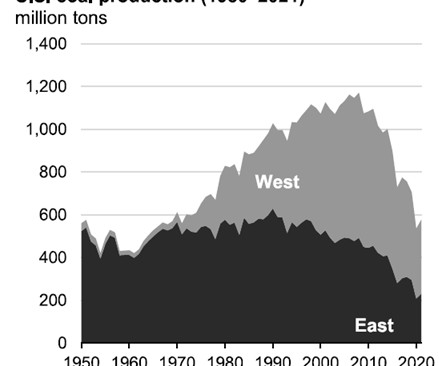Improving EPA’s Latest Ozone Transport Rule
Acoel
JUNE 29, 2022
EPA’s latest proposed rule targeting NOx emissions from fossil-fueled electric generating units (EGUs) is a classic study of diminishing returns. The agency’s air quality modeling indicates that most areas would receive an ozone reduction of less than 0.1 enjoyed ozone reductions of 3 to 5 ppb or more. ppb by 2025.














Let's personalize your content